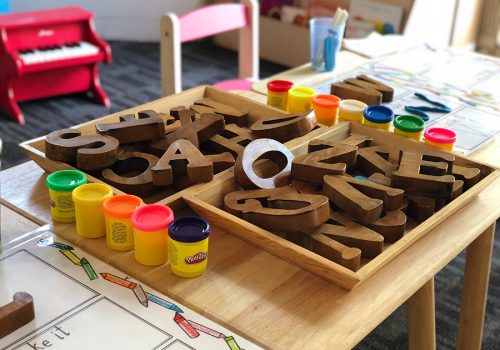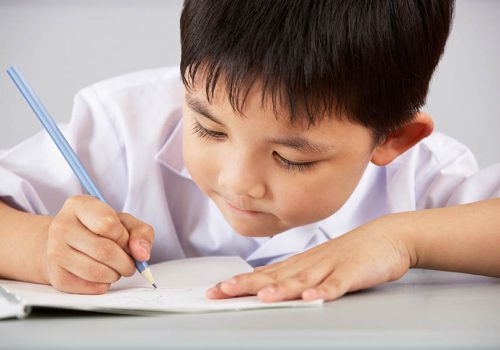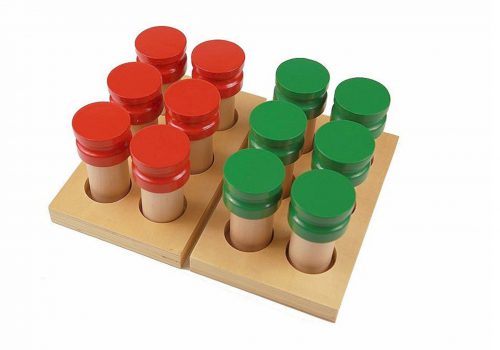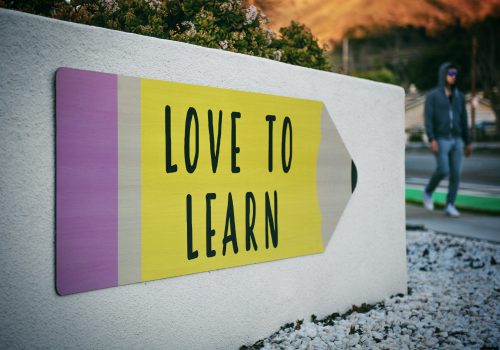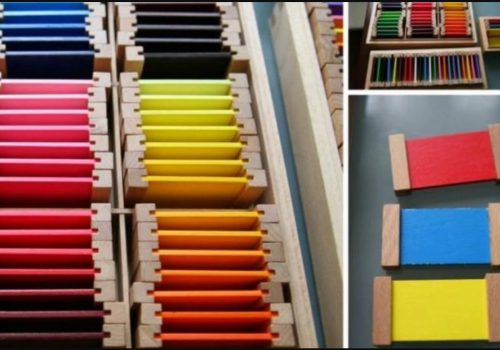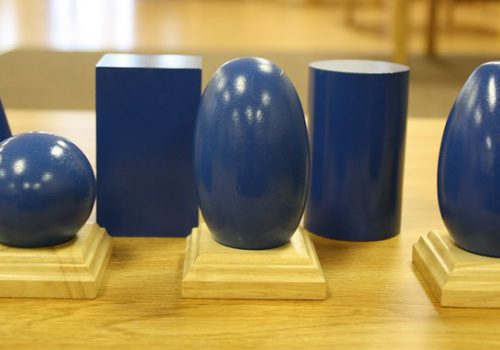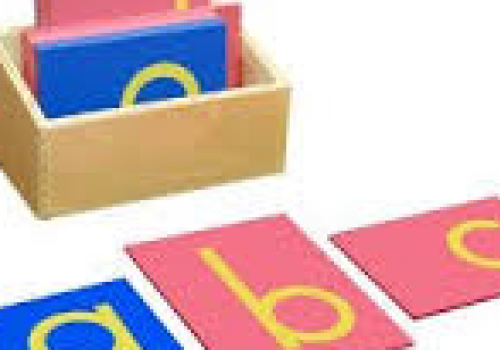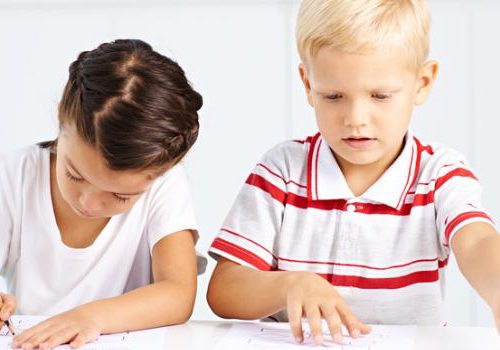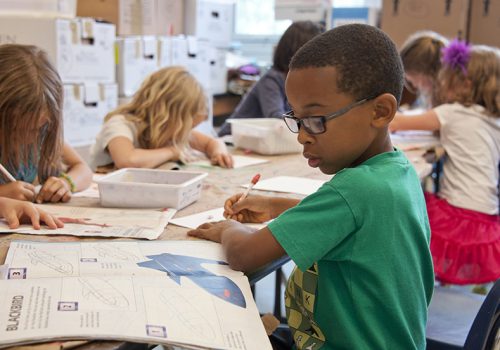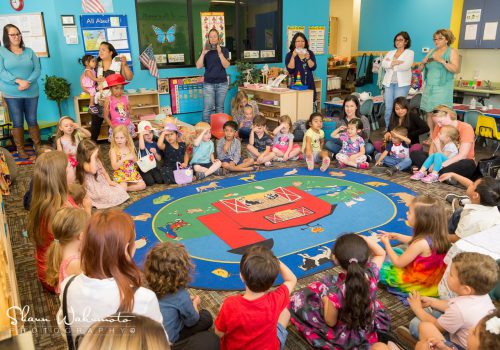Word Building
Dr. Montessori always pointed out that the young child has a natural sensitivity for language development which follows closely on the years when he or she learns to speak his or her native language (Montessori, 1966). The child at three, four and five has a unique fascination for words, both…
